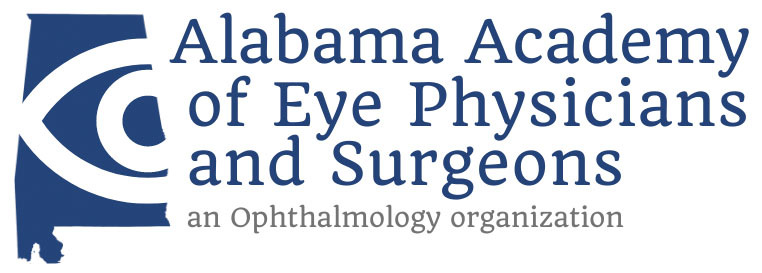The Information Listed in This Section Is Not Intended as a Substitute for Medical Advice, but Is to Be Used Only as an Aid in Understanding Ophthalmic Practices and Procedures. Always Consult Your Physician About Your Medical Condition.
Glaucoma is an eye disease that gradually steals vision. There typically no early warning signs or painful symptoms of open-angle glaucoma. It develops slowly and sometimes without noticeable sight loss for many years. Many people who have open-angle glaucoma feel fine and do not notice a change in their vision at first because the initial loss of vision is of side or peripheral vision, and the visual acuity or sharpness of vision is maintained until late in the disease. Glaucoma is not curable and vision loss cannot be regained. However, with medication and/or surgery, it is possible to halt further loss of vision. The best way to protect your sight from glaucoma is to get an annual eye exam by a licensed ophthalmologist, or Eye M.D.
Everyone is at risk for glaucoma. However, certain groups are at higher risks than others: African Americans: Glaucoma is the leading cause of blindness among African Americans. People over 60: You are six times more likely to get glaucoma if you are over 60 years old. Family Members with Glaucoma: The most common type of glaucoma, primary open-angle glaucoma, is hereditary. Hispanics in Older Age Groups: Recent studies indicate that the risk for Hispanic populations is greater than those of predominately European ancestry. Asians: People of Asian descent appear to be at some risk for angle-closure glaucoma. Angle-closure glaucoma accounts for less than 10% of all diagnosed cases of glaucoma. Otherwise, there is no known increased risk in Asian populations. Steroid Users: Some evidence links steroid use to glaucoma. Eye Injury: Injury to the eye may cause secondary open-angle glaucoma. This type of glaucoma can occur immediately after the injury or years later. The most common cause is sports-related injuries such as baseball or boxing.
Cataracts are a clouding of the lens of the eye. When a cataract worsens to the point of interfering with daily activities, it's time to have the lens removed. Surgery is the only effective way to remove the clouded lens, and most are now done on an outpatient basis. Over 1.5 million cataract operations are performed in North America each year.
Skipping eye exams can be risky, especially for Alabamians with diabetes. This November, during Diabetic Eye Disease Awareness Month, the Alabama Academy of Eye Physicians and Surgeons is reminding everyone with diabetes to get their eyes checked.
Diabetes is the top cause of preventable blindness for adults ages 20 to 74 in the U.S., and Alabama has one of the highest diabetes rates in the country. Nearly 600,000 adults in Alabama have diabetes – about 15 percent of the adult population. Another 119,000 Alabamians have diabetes but don’t know it yet.
"It is really important to get your annual exam even if you are not having eye problems,” said Dr. Tarek Persaud, an ophthalmologist in Huntsville. “Diabetic eye disease is fairly straightforward to correct if we catch it early enough. If we wait for the disease to become more advanced before acting, then often the diabetic damage can be a real struggle to repair and the patient is left with some permanent visual disability."
In the early stages of diabetic eye disease, people don’t usually notice any vision changes. But as it progresses, diabetic retinopathy can lead to vision loss that often can’t be undone. That’s why regular eye exams are essential – they catch the disease early when it’s easier to treat.
To learn more about keeping your eyes healthy, visit the American Academy of Ophthalmology’s EyeSmart® website.
